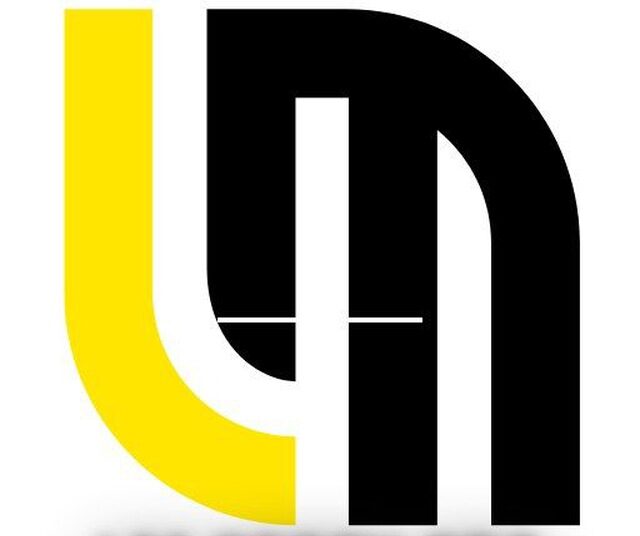- EUR/USD merges strong gains last week to the highest level in about three weeks.
- Technical preparation prefers bulls and supports additional gains.
- Weakness without support 1.0465 can pave the way for deeper losses.
the Euro/dollars The spouses are struggling to take advantage of their gains registered over the past four days and swing in a narrow trading range, slightly less than the Psychological brand 1.0500 during the Asian session on Monday. However, immediate prices are still close to almost three weeks on Friday, in the weaker US dollar (USD).
From a technical perspective, acceptance above 38.2 % Fibonacci The level of decline in the fall of November-January and positive vibrations over the daily chart prefer the upscale merchants. Consequently, the subsequent force towards the convergence test 1.0545-1.0555, which includes a 50 % recovery level and the 100-day SIA moving average (EMA), appears to be a distinct possibility.
Some purchase should pave the way for the way to achieve additional gains and help the EUR/USD pair to restore the 1.0600 brand. Immediate prices may fall to the rise in December 2024, around the 1.0630 region, which approaches Fibo 61.8 %. level. The continuous force beyond it will put the way to extend the last recovery from more than its lowest levels in January.
On the other side, 38.2 % Fibo. The level, around the 1.0465 region, now it seems to protect the direct downside. A convincing break below can withdraw the EUR/USD pair towards the round number 1.0400 on the way to the middle of 1.0300s (23.6 % FIBO. Failure to defend the aforementioned support levels may convert bias in favor of the declining traders and expose the pavement mark 1.0200.
The euro graph/daily dollar
Common questions euro
The euro is the currency of the 19 European Union countries belonging to the eurozone. It is the second most traded currency in the world behind the US dollar. In 2022, it represented 31 % of all foreign exchange transactions, with an average daily rotation of more than $ 2.2 trillion per day. EUR/USD is the most trading currency pair in the world, which represents an estimated 30 % of all transactions, followed by EUR/JPY (4 %), EUR/GBP (3 %) and EUR/AUD (2 %).
The European Central Bank (ECB) in Frankfurt, Germany, is the backup bank. The European Central Bank sets interest rates and runs monetary policy. The primary mandate in the European Central Bank is to maintain price stability, which means either controlling inflation or stimulating growth. Its primary performance is to raise or reduce interest rates. Relatively high interest rates – or expect higher rates – usually benefit from the euro and vice versa. The Board of Directors of the European Central Bank is making monetary policy decisions at eight times a year. Decisions are made by the heads of national banks in the eurozone and six permanent members, including the President of the European Central Bank, Christine Lagarde.
The inflation data in the euro area, measured by a coordinated index of consumer prices (HICP), is an important economist for the euro. If inflation increases more than expected, especially if it is 2 % higher than the European Central Bank’s goal, then the European Central Bank is obliged to raise interest rates to return it in control. Relatively high interest rates usually benefit compared to its euro counterparts, as it makes the region more attractive as a place for global investors to stop their money.
Data ejaculates a measurement of economics health and can affect the euro. Indicators such as GDP, manufacturing, PMIS, employment services, and consumer morale surveys can affect the trend of uniform currency. The strong economy is useful for the euro. Not only is to attract more foreign investment, but the European Central Bank may encourage interest rates, which will enhance the euro directly. Otherwise, if economic data is weak, the euro is likely to decrease. Economic data of the four economies in the eurozone (Germany, France, Italy and Spain) are of particular importance, because it represents 75 % of the eurozone economy.
Other important version of the euro is the commercial balance. This indicator measures the difference between what a country gains from its exports and what it spends on imports during a certain period. If a country produces very absolute after exports, its currency will obtain a purely value of the additional demand created from foreign buyers who seek to buy these goods. Therefore, the positive and positive trade balance enhances the currency and vice versa to achieve a negative balance.
2025-02-17 05:22:21
